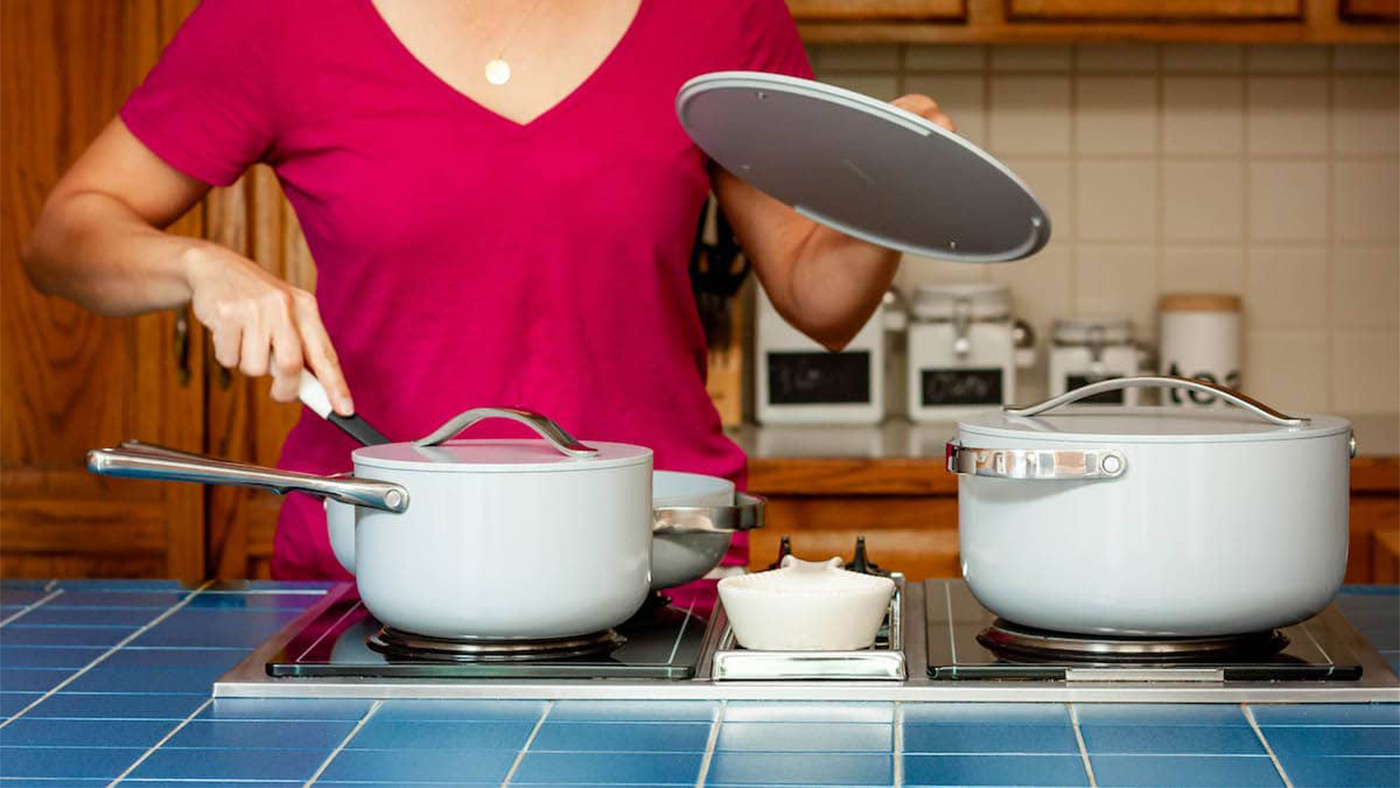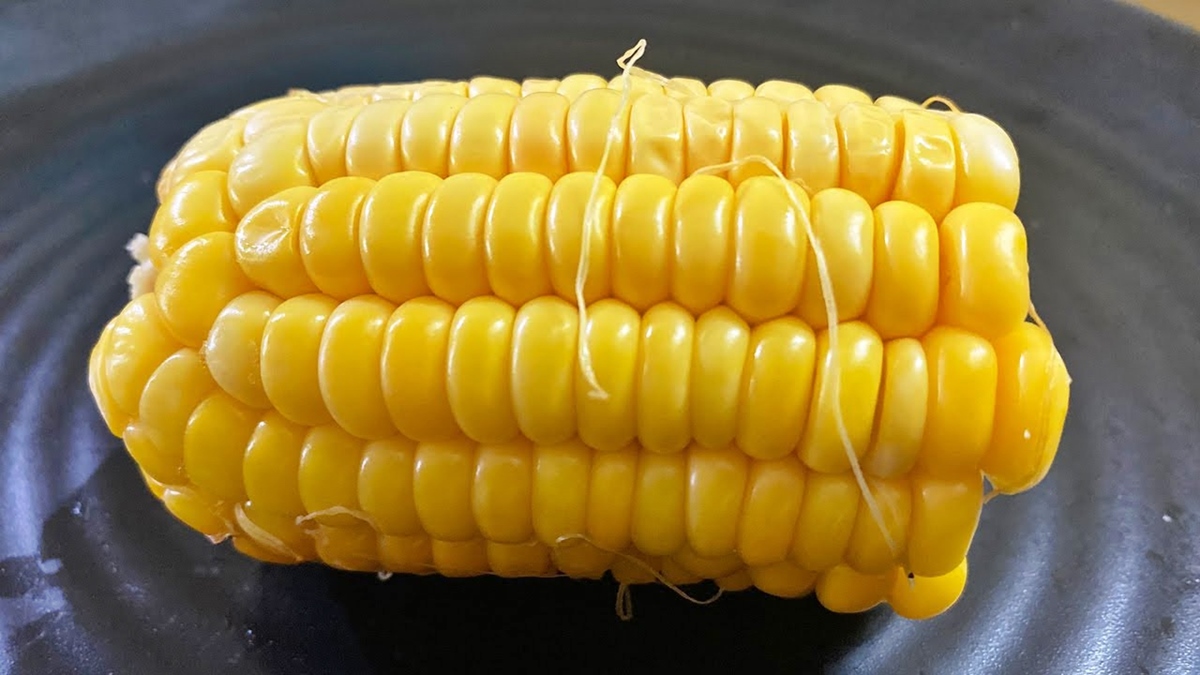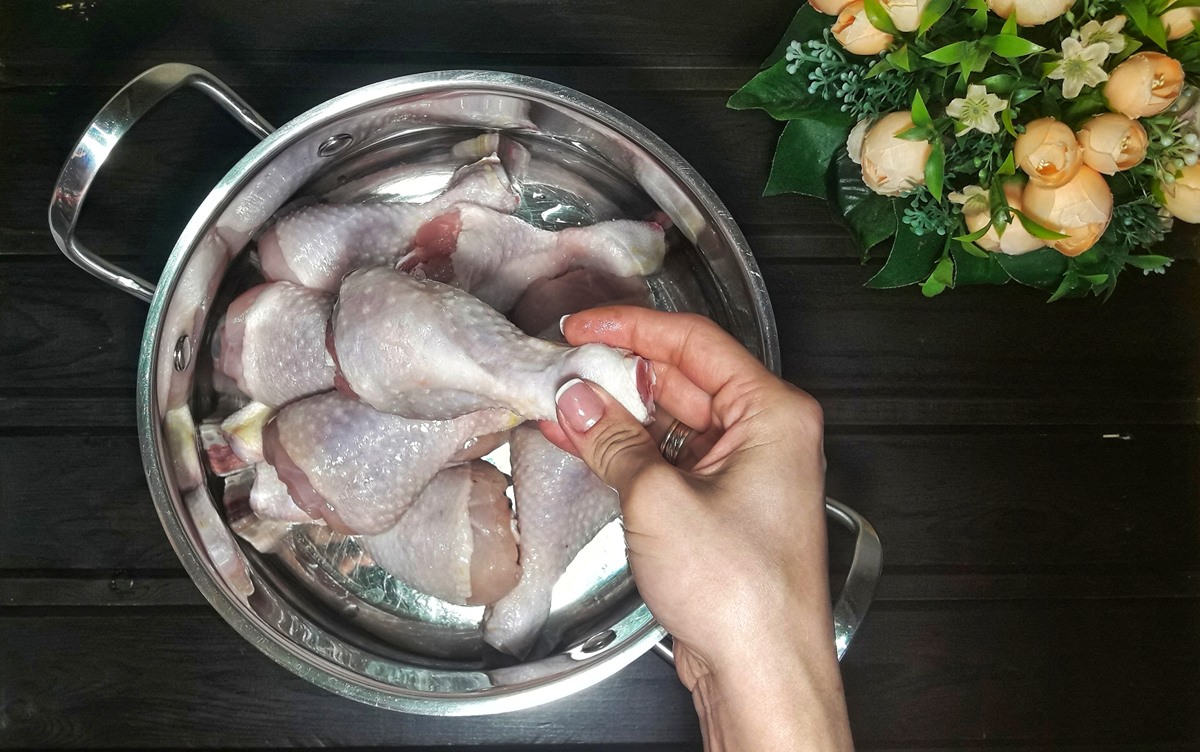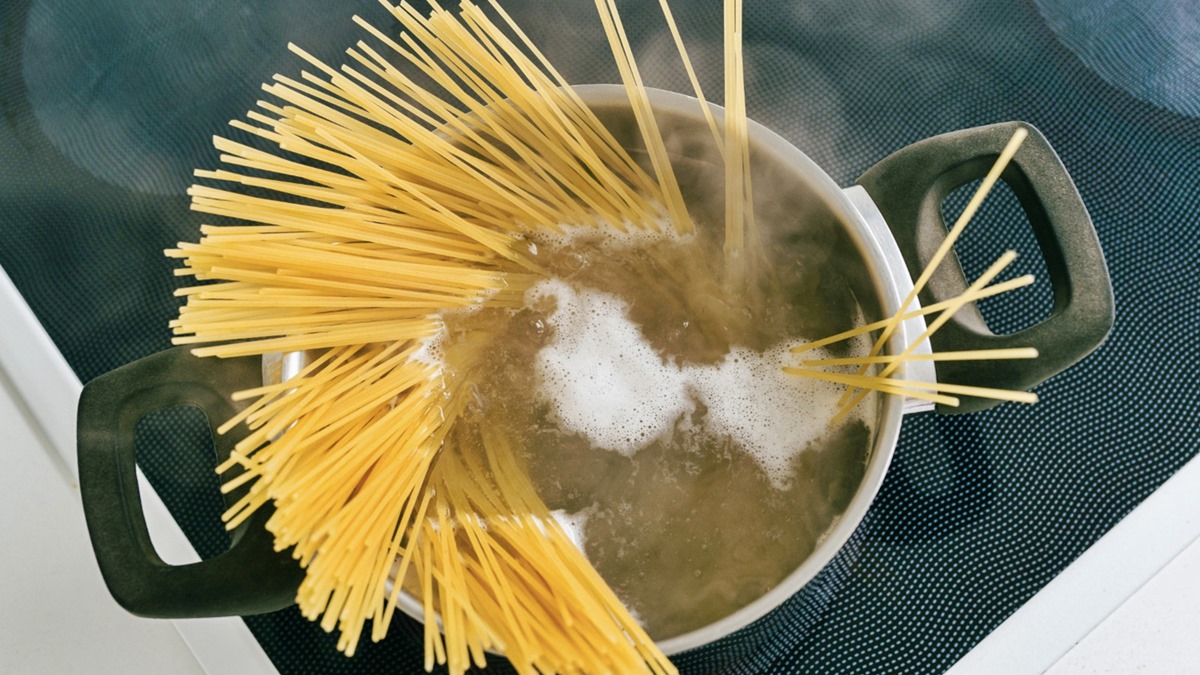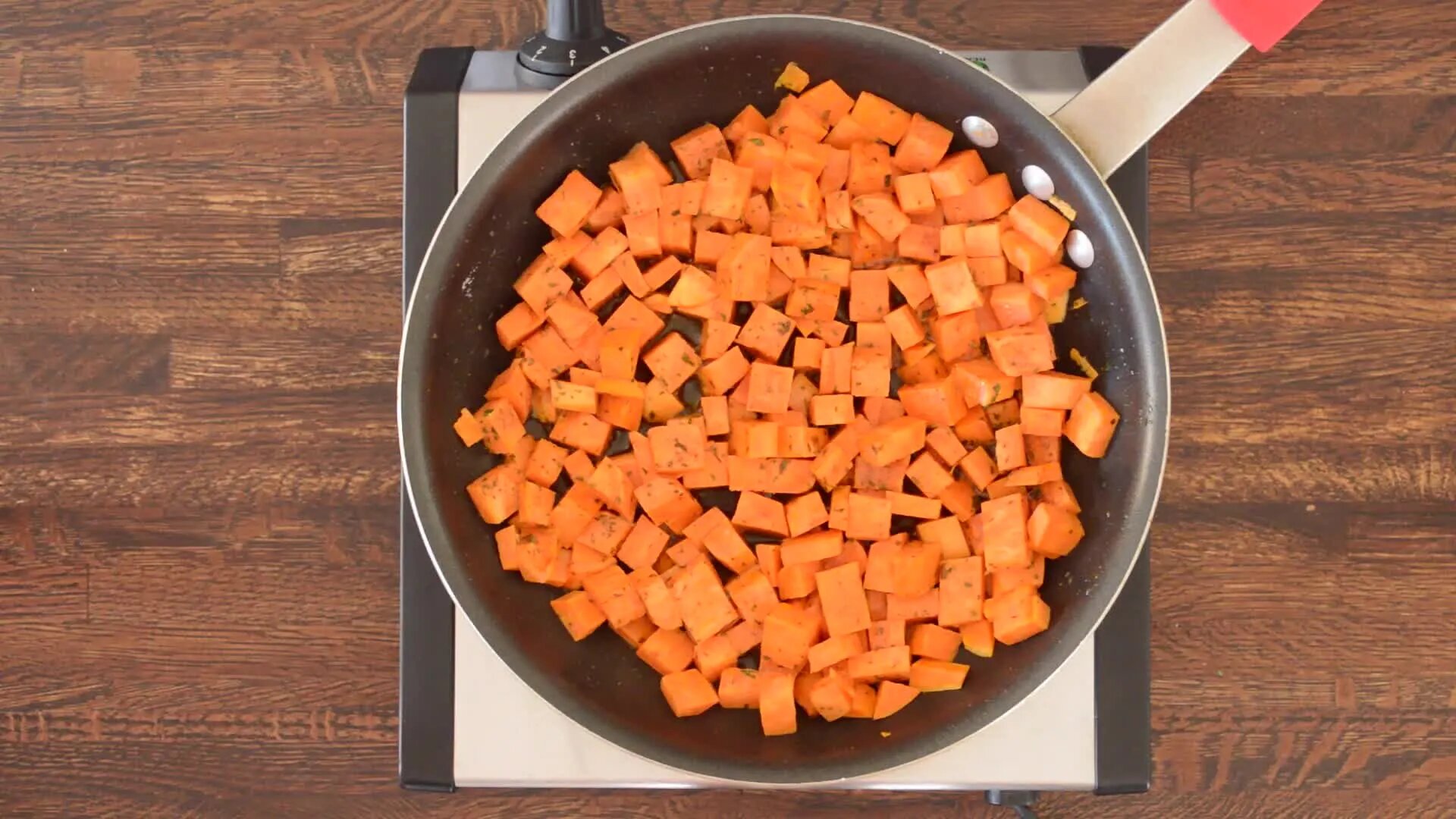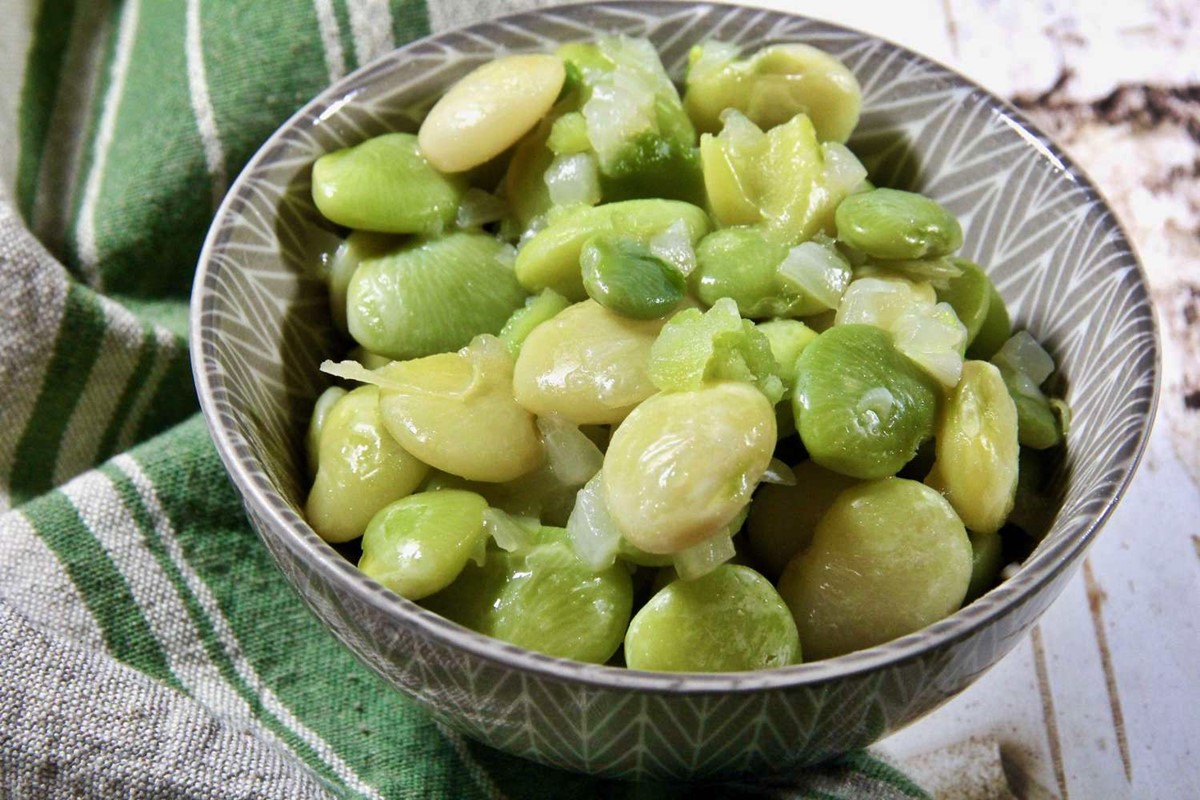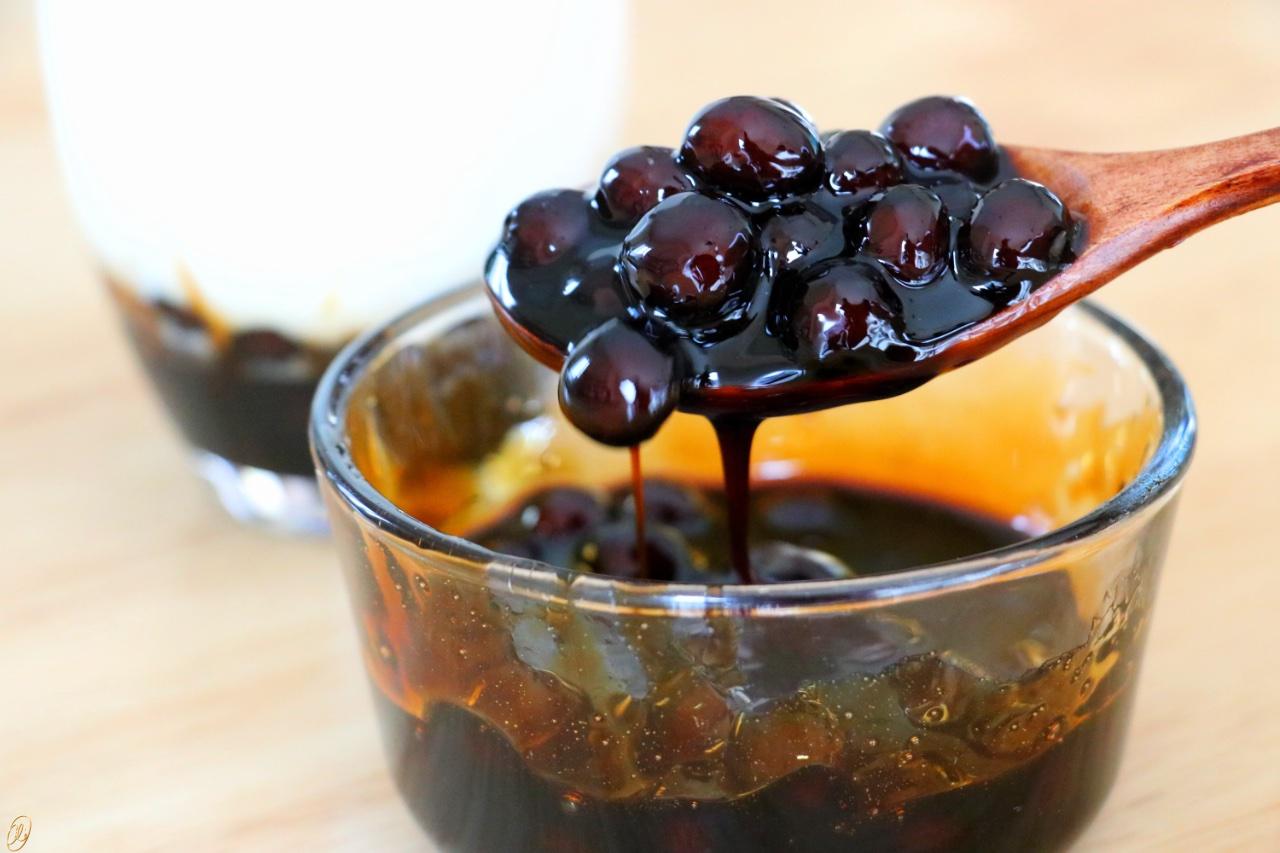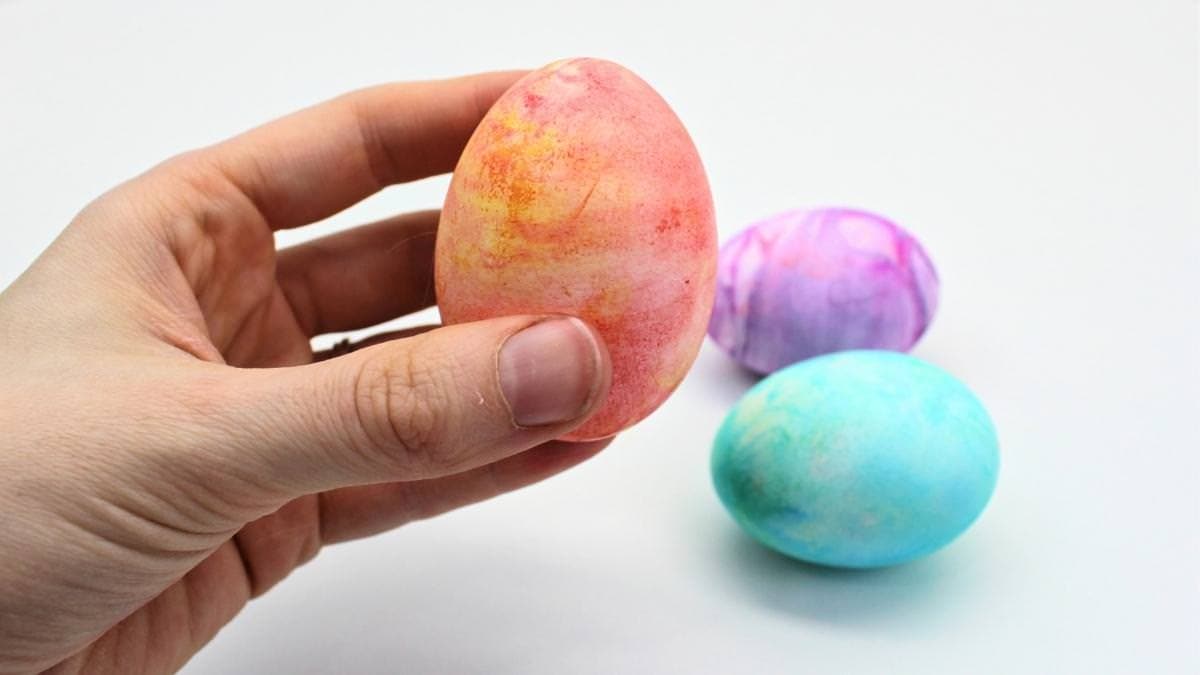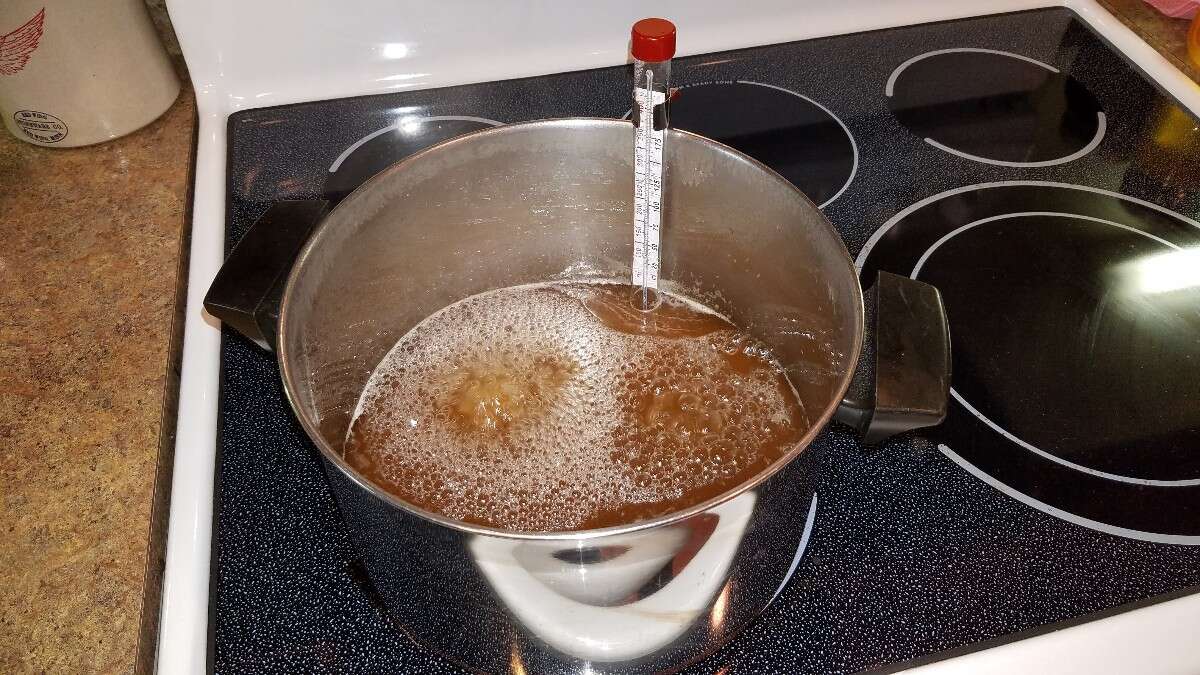How To Boil Sushi Rice Like a Pro
Are you a sushi lover who wants to recreate the delicious taste and authentic texture of sushi rice at home? Look no further! In this guide, we’ll walk you through the step-by-step process of boiling sushi rice to perfection. Get ready to impress your friends and family with your sushi-making skills!
What You’ll Need:
- 2 cups of sushi rice
- 3 cups of water
- 1/4 cup of rice vinegar
- 2 tablespoons of sugar
- 1 teaspoon of salt
- A rice cooker
The Boiling Process:
- Rinse the rice: Start by rinsing the sushi rice under cold water until the water runs clear. This step removes any excess starch and ensures a fluffier end result.
- Measure the water: For every cup of sushi rice, you’ll need 1.5 cups of water. In this case, since we are using 2 cups of rice, you’ll need 3 cups of water.
- Add the rice and water to the rice cooker: Transfer the rinsed rice and water to the rice cooker and give it a gentle stir to distribute the rice evenly.
- Cook the rice: Close the rice cooker lid and set it to the “Cook” mode. The rice cooker will automatically regulate the cooking process, so you don’t have to worry about timing it yourself.
- Prepare the sushi vinegar: While the rice is cooking, it’s time to prepare the sushi vinegar. In a small saucepan, combine the rice vinegar, sugar, and salt. Heat the mixture over low heat until the sugar and salt dissolve completely. Remove from heat and let it cool.
- Season the rice: Once the rice is cooked, transfer it to a large bowl. Gradually pour the sushi vinegar mixture over the hot rice while gently tossing it with a rice paddle or a wooden spoon. Be careful not to squash the grains as you want to maintain the fluffy texture.
- Cool and fluff the rice: Allow the seasoned rice to cool for a few minutes. During this time, use a fan or a wooden paddle to gently “fluff” the rice, which helps release excess moisture and further enhances the texture.
And there you have it! You’ve successfully boiled sushi rice like a pro! Now you can use this flavorful rice as the base for your homemade sushi rolls, nigiri, or even sushi bowls. The possibilities are endless!
Remember, practice makes perfect, so don’t be discouraged if your first attempt doesn’t turn out exactly as you hoped. With time and experience, you’ll master the art of sushi rice preparation and create mouthwatering sushi creations right in your own kitchen. Happy cooking!
Was this page helpful?
Read Next: How To Boil Zucchini Noodles
